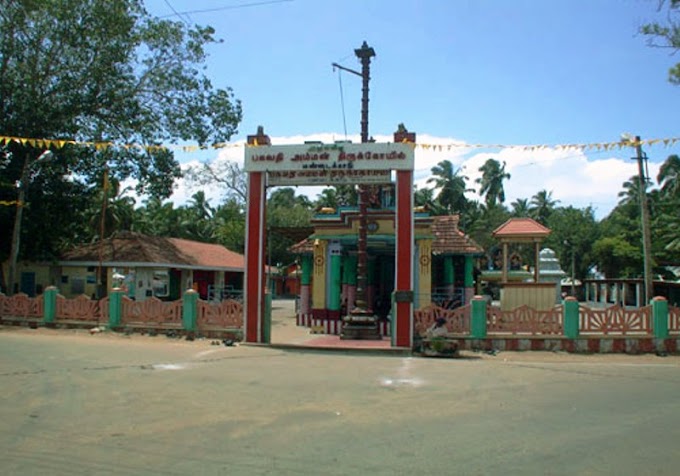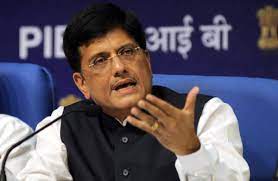The first solar eclipse of the year occurs today as the Kangana eclipse. This, on a very small scale in Arunachal Pradesh, is likely to be seen only a few minutes after sunset; Not to be found anywhere else in India.
Saundharaja Perumal, Executive Director, Periyar Science and Technology Center, said that the orbit of the Sun and the Earth and the orbit of the Moon and the Earth are inclined at an angle of 5 degrees. The moon's orbit around the earth, intersecting the Earth's and the Sun's at two points. When the Moon is located at these points, a lunar or full moon day occurs, respectively. Solar and lunar eclipses occur. The Moon is much smaller than the Sun. However, it appears larger because it is closer to Earth. The distance between the earth and the sun is 400 times greater than the distance between the moon and the earth.
Elliptical path
The diameter of the sun is 400 times larger than the diameter of the moon. This is why the sun and the moon appear to be the same size in the sky. The Moon orbits the Earth in an elliptical orbit, thus varying the distance between the Earth and the Moon from 3 lakh, 57 thousand, 200 km, to 4 lakh, 7,100 km. If the eclipse occurs then the sun and the moon will not be able to completely cover it. The outer edge of the sun is visible as a ring of fire. This is called a Kangana solar eclipse. A similar Kangana solar eclipse occurs today as the first solar eclipse of the year. The Kangana solar eclipse can be seen in eastern Russia, the Arctic Ocean, western Greenland, and Canada.
Just a few minutes
Partial solar eclipses can be seen in most parts of Northeastern United States, Europe, Russia, and northern parts of Asia. For India, Arunachal Pradesh is likely to see very small, only a few minutes of sunset; This solar eclipse starts at 1:42 pm Indian time and ends at 6:41 pm Indian time. The maximum eclipse will occur at 4:11 p.m., he said.

























English News | Latest English News | Online English News | English News Live | Breaking News | Headlines | India News | World News